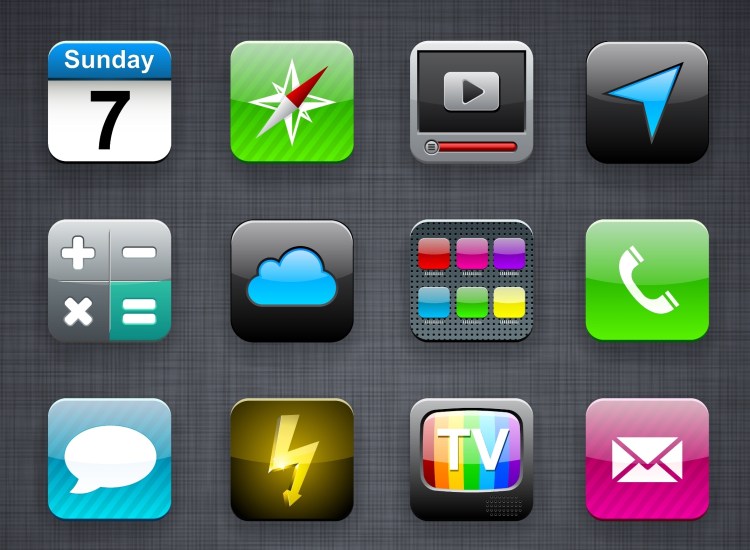Everyone wants to build an app, but no-one wants to go through the hard work of actually — ugh — coding it. Which is why there are approximately 500 different app-building services online today that will allow you to create, publish, and maintain your own mobile app.
Unfortunately, they almost all suck.
“A lot of those mobile apps solution are super dumbed down and template driven,” says Nick Bogaty, who leads digital publishing at Adobe. “You’ll get an app … but the level of control is very limited and the experience of the end-user is pretty miserable. That’s not our goal. Our goal is making a product where designers at enterprises could craft an experience that looks like their brand … not something made in a sausage-making app tool.”
So Adobe has created and launched its own app-building infrastructure that will let designers build and launch their own apps. It’s tied into the company’s extensive digital publishing infrastructure, so app builders can publish content on the web and mobile apps simultaneously if they wish, and yet it creates native apps with native controls and native user experiences, Bogaty says.
You can get a sense of it here:
For now, the app experiences are pretty limited to what you’d expect designers could create: content and images.
Essentially, this is a web content management system (CMS) adapted to mobile, with the ability to build a pretty container around the content. Ultimately, however, Adobe wants to tie it into its professional app-building infrastructure, powered by PhoneGap, which enables not just content but interactivity and, for lack of a better word, the do-stuff-experiences that only real software can deliver.
“Right now you can extend these apps with HTML,” Bogaty told me. “We’re looking at allowing our customers to create custom code in PhoneGap and then add to Adobe Digital Publishing solution apps.”
Get VB’s free VB mobile app engagement index: July 2015
The full report includes leaderboards, game winners and losers, and more
What it does right now is enable continuous quick publishing to a content app without using technical resources or, of course, republishing the app, as well as built-in analytics that not only captures mobile usage data but maps it back into Adobe Experience Manager, the company’s CMS. That means you can see all your analytics in one place — if users are logged in, for example, marketers can deliver personalized experiences, attach a device ID to a user profile, and capture data about what prospects or customers are most interested in. It does not currently integrate with Adobe’s full mobile marketing automation toolset.
The true claim to fame? Something you’d expect from the company most associated with design:
Adobe wants its clients to be able to deliver “beautiful, compelling mobile apps – the kind of apps that stand out from the competition and move brands forward.”
Whether it can take share from the buzzing create-your-app-online competition is doubtful. But, of course, Adobe’s focus here is enterprise customers who want simple ways of extending their websites. One challenge: it is not exactly WYSIWYG, as you can tell in the screenshots above.
The tool can integrate with Adobe Experience Manager sites, of course, but also sites built in WordPress or Drupal.
VentureBeat's mission is to be a digital town square for technical decision-makers to gain knowledge about transformative enterprise technology and transact. Learn More















